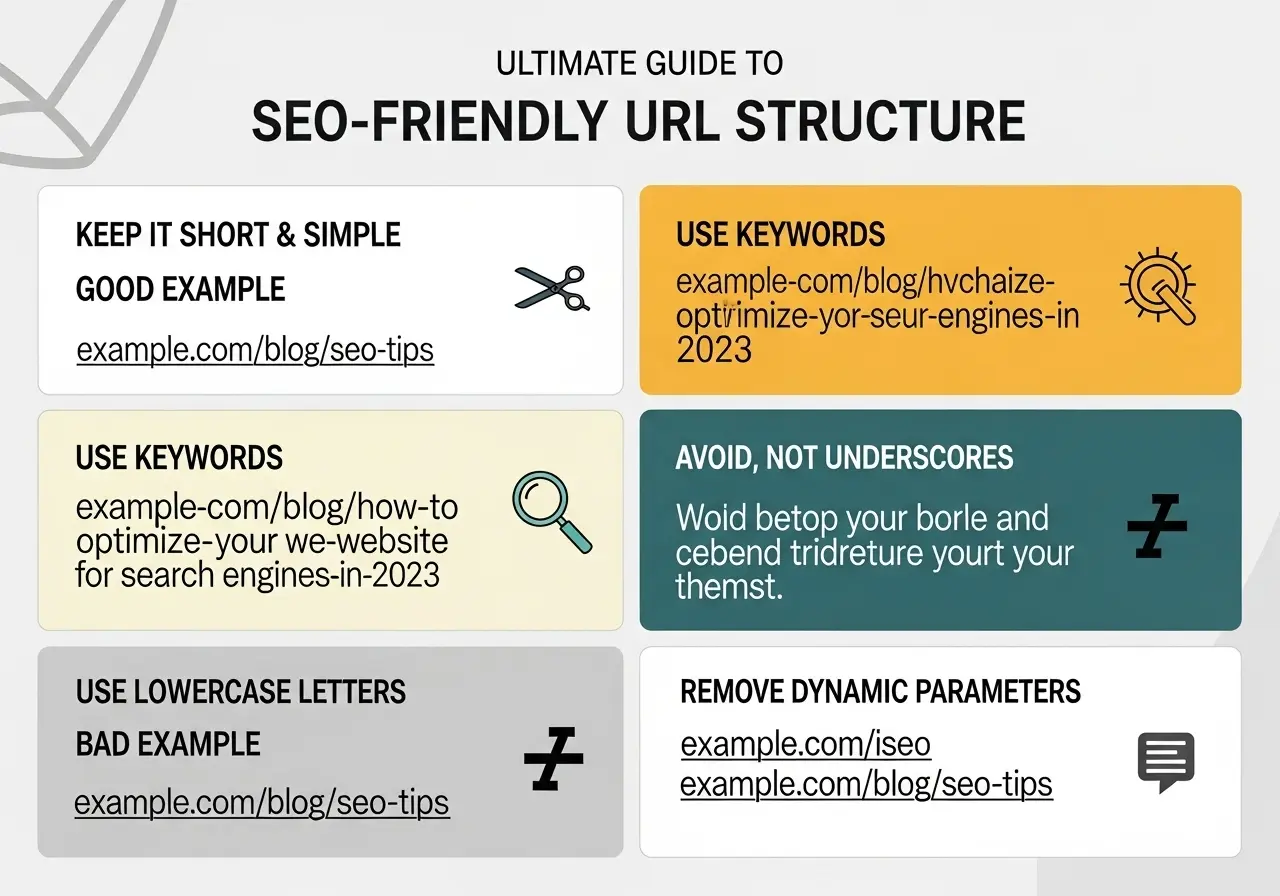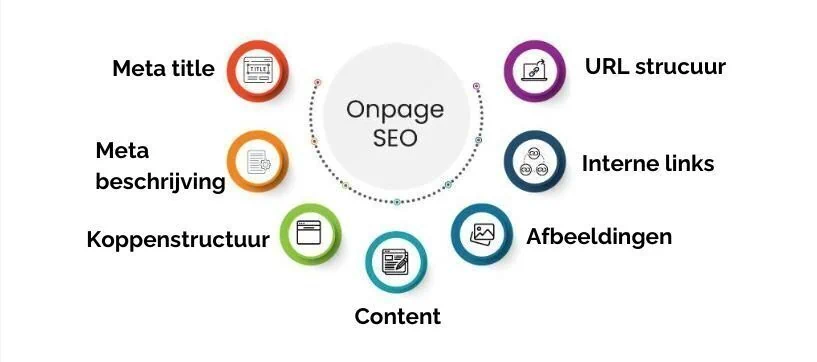This comprehensive guide explores how to build SEO-optimized URL structures, improve site rankings, and increase user experience. Learn best practices, expert tips, and tools to enhance your website’s visibility and performance.
INTRODUCTION
Creating an SEO-friendly URL structure is a critical component of successful on-page SEO. When done correctly, URLs can significantly enhance your website’s visibility on search engines, improve user experience, and drive organic traffic. In this comprehensive guide, we’ll explore the fundamentals of URL structure, best practices, and advanced techniques to ensure your website stands out in the crowded digital space.
Table of Contents
- What is URL Structure?
- Why URL Structure Matters for SEO
- Key Elements of an SEO-Friendly URL
- Best Practices for URL Optimization
- Common URL Structure Mistakes to Avoid
- Dynamic vs. Static URLs
- How to Structure URLs for Site Hierarchy
- Tools for URL Optimization
- Measuring URL Structure Performance
- Internal Linking and URL Relevance
- Final Thoughts
- FAQs
What is URL Structure?
A URL (Uniform Resource Locator) is the address used to access a webpage. A structured URL helps search engines and users understand what the page is about. For example:
Each component serves a purpose: domain, subdirectories, and the slug that describes the content.
Why URL Structure Matters for SEO
Search engines like Google use URLs to determine page relevance and context. An optimized URL structure:
- Improves crawlability
- Enhances user experience
- Increases click-through rate (CTR)
- Boosts keyword visibility
According to Google’s SEO starter guide, clear URLs with descriptive keywords perform better in search rankings.
Key Elements of an SEO-Friendly URL
- Descriptive Keywords: Use relevant keywords in the slug.
- Short and Simple: Keep URLs concise without unnecessary parameters.
- Hyphen Separation: Use hyphens (-) instead of underscores (_).
- Lowercase Letters: Avoid uppercase characters.
- Avoid Special Characters: Eliminate symbols like &, %, @, etc.
- Canonical Tags: Prevent duplicate content issues.
Best Practices for URL Optimization
1. Use Relevant Keywords
Choose 1-2 keywords that clearly define the page content. For instance:
2. Avoid Stop Words
Words like “and,” “the,” or “of” can clutter your URL. Example:
Bad: /the-best-seo-structure-ever
Good: /best-seo-structure
3. Reflect Site Hierarchy
Structure URLs according to site architecture:
/blog/seo/seo-url-structure-guide
4. Redirect Old URLs Properly
Use 301 redirects to maintain SEO juice from old URLs to new ones.
5. Use HTTPS
Google prioritizes secure websites. Always use HTTPS over HTTP.
Common URL Structure Mistakes to Avoid
- Keyword stuffing in the URL
- Dynamic parameters (e.g., ?id=123&cat=seo)
- Using session IDs in URLs
- Long, unreadable slugs
- Duplicated URLs without canonical tags
Dynamic vs. Static URLs
Dynamic URL:
Static URL:
Search engines and users prefer static URLs because they are easier to understand and index.
How to Structure URLs for Site Hierarchy
Hierarchical structure reflects the architecture of your website. Use logical subfolders:
Each subfolder gives context to both users and search engines.
Tools for URL Optimization
- Yoast SEO: Helps optimize slugs on WordPress.
- Ahrefs: Analyze URL structure and backlink profile.
- Screaming Frog: Crawl URLs and audit SEO elements.
- Google Search Console: Monitor URL performance.
Measuring URL Structure Performance
Track key metrics like:
- CTR (Click Through Rate)
- Bounce rate
- Organic traffic to specific pages
- Crawl errors in Google Search Console
Improving your URL structure can directly impact these KPIs.
Internal Linking and URL Relevance
Internal linking improves crawlability and user flow. For example:
- Learn more about our SEO offerings.
- Want to hire experts? Contact us.
Well-planned internal linking enhances domain authority and keyword rankings.
Final Thoughts
An optimized URL structure is more than just aesthetics; it directly impacts SEO, user trust, and long-term ranking performance. It helps in conveying the content of the page, increases shareability, and makes for a stronger SEO foundation. Always test and iterate URL changes carefully.
For more expert strategies and SEO services, visit SEO Agency in India.
FAQs
1. How long should a URL be for SEO?
Ideally, under 60 characters. Keep it short, keyword-focused, and readable.
2. Can changing a URL hurt SEO?
Yes, if not handled with proper 301 redirects. Ensure redirects and updated internal links.
3. Should I include keywords in my URLs?
Absolutely. Use 1-2 primary keywords relevant to the page.
4. What is the difference between slug and URL?
A slug is the last part of the URL that identifies the specific page.
5. Are dynamic URLs bad for SEO?
Yes, in general. Use static URLs wherever possible for better indexing and readability.



